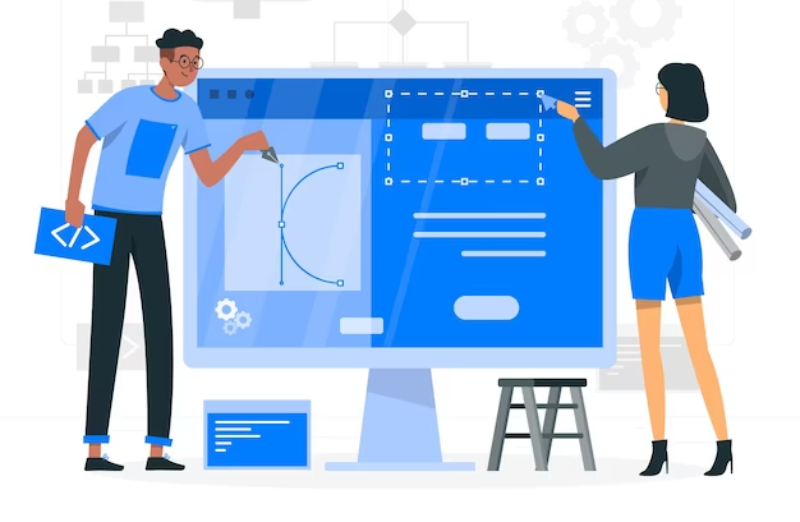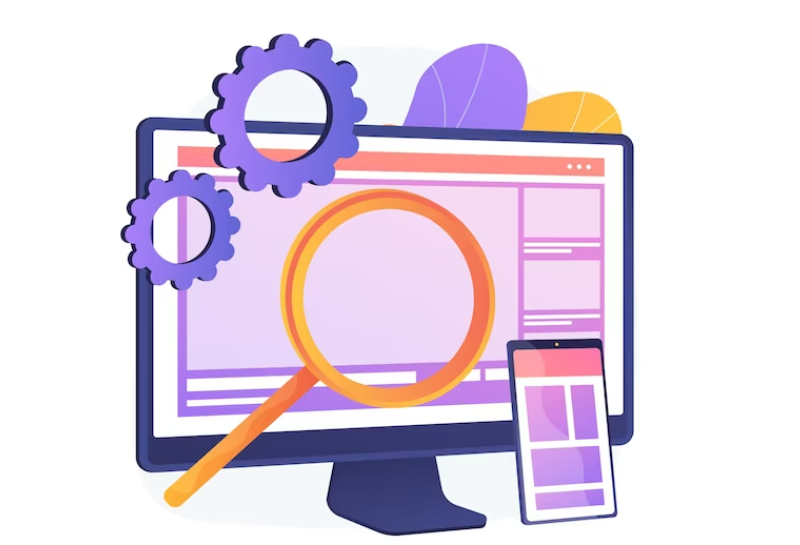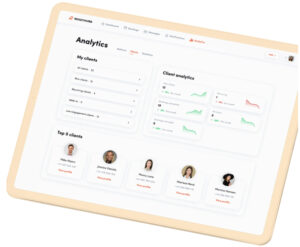User Centric Experiences: Creating Intuitive Website Design

Create user centric experiences by focusing on intuitive website design. Understanding the needs and preferences of your target audience is essential in designing a website that is easy to navigate and delivers a seamless user experience. By placing the user at the center of the design process, you can create intuitive interfaces, clear navigation pathways, and engaging visual elements that guide users through their journey. From intuitive layouts to user-friendly functionalities, every aspect of the website should be designed with the user in mind. By prioritizing user-centric experiences, you can enhance user satisfaction, increase engagement, and drive conversions.
Designing For Delight: Crafting User-Centric Experiences In Website Design
Craft user-centric experiences that delight users through thoughtful website design. Designing for delight means going beyond functional usability and creating an emotional connection with your audience. By incorporating visual aesthetics, interactive elements, and micro interactions, you can create a sense of joy and surprise throughout the user journey. Focus on creating a visually appealing and intuitive interface that engages users and evokes positive emotions. Tailor the content and design elements to align with the target audience’s preferences, delivering a personalized and delightful experience. By crafting user-centric experiences that evoke delight, you can differentiate your website design tampa and leave a lasting impression on your visitors.

Simplifying Complexity: Streamlining User Journeys With Intuitive Website Design
Streamline user journeys and simplify complex processes through intuitive website design. Many websites involve intricate information, multiple steps, and complex functionalities. However, by focusing on simplicity and clarity, you can make the user experience more intuitive and user-friendly. Analyze user needs and pain points to identify opportunities for simplification and reduction of cognitive load. Use clear and concise language, intuitive navigation, and visual cues to guide users through their journey seamlessly. Break down complex tasks into smaller, manageable steps, providing progress indicators to keep users informed. By simplifying complexity through intuitive design, you can enhance user engagement, reduce friction, and improve overall satisfaction.
Responsive And Intuitive: Prioritizing User Experience In Website Design
Prioritize user experience by designing responsive and intuitive websites. Responsive design ensures that the website adapts seamlessly to different devices and screen sizes, providing a consistent and optimized experience for users across platforms. Intuitive design focuses on creating interfaces that are easy to understand and navigate, reducing cognitive effort and maximizing usability. By prioritizing responsive and intuitive design, you can enhance accessibility, engage users across various devices, and improve overall user satisfaction. Conduct user testing and gather feedback to continuously refine and optimize the website’s responsiveness and intuitiveness, ensuring that it meets the evolving needs and expectations of your audience.
Humanizing The Digital Space: User-Centric Design Principles For Websites
Humanize the digital space by applying user-centric design principles to websites. In an increasingly digital world, it is crucial to create websites that prioritize the needs, preferences, and behaviors of users. By adopting a user-centric approach, you can design interfaces that are intuitive, accessible, and engaging. Incorporate human-centered design principles such as empathy, research, and iterative testing to understand user motivations and pain points. Tailor the website’s structure, content, and functionalities to meet user expectations and create meaningful interactions. By humanizing the digital space through user-centric design principles, you can foster a stronger connection with users, enhance their experience, and build lasting relationships.
Fostering User Loyalty: Designing Intuitively To Meet User Expectations
Foster user loyalty by designing websites intuitively to meet user expectations. Users today have high expectations when it comes to digital experiences. By designing websites that are intuitive, user-friendly, and tailored to their needs, you can create a positive and seamless experience that encourages loyalty. Incorporate user research and usability testing to understand how users interact with the website and identify areas for improvement. Streamline navigation, minimize complexity, and provide clear calls to action to guide users through their journey. Continuously gather user feedback and iterate on the design to address pain points and optimize the user experience. By designing intuitively to meet user expectations, you can cultivate user loyalty, increase engagement, and drive repeat visits.
The Power Of User-Centricity: Unlocking Success Through Intuitive Website Design
Harness the power of user-centricity to unlock success through intuitive website design. User-centric design is not just about creating visually appealing interfaces; it is about understanding and fulfilling user needs to deliver exceptional experiences. By putting users at the center of the design process, you can create websites that resonate with their desires, preferences, and goals. Conduct user research, develop user personas, and map out user journeys to inform the design decisions. Utilize intuitive navigation, responsive layouts, and clear communication to ensure that users can easily achieve their objectives. By embracing user-centricity and designing intuitively, you can unlock the potential for success, gain a competitive edge, and establish a strong connection with your audience.
Conclusion
User-centric design principles are vital for creating intuitive and engaging websites. By humanizing the digital space and prioritizing user needs, expectations, and behaviors, you can foster loyalty, enhance the user experience, and unlock success. Designing intuitively involves streamlining complexity, meeting user expectations, and creating delightful experiences that leave a lasting impression. By continuously gathering user feedback, testing, and iterating on the design, you can refine and optimize the website to meet the evolving needs of your users. Embrace the power of user-centricity in website design and create digital experiences that resonate with your audience, build trust, and drive meaningful connections.
Resource URL:
https://en.wikipedia.org/wiki/Web_design

Lyle Vasquez is a technology blogger based in Connecticut. He has been passionate about technology since early childhood when he used to take apart and rebuild computers in his parent’s garage. Lyle’s tech-related blog posts are written to help others learn how to use the latest technology tools and devices. He loves to find new ways to integrate technology into everyday life. Lyle is a great resource for tech enthusiasts looking to stay up to date on the latest technologies.








